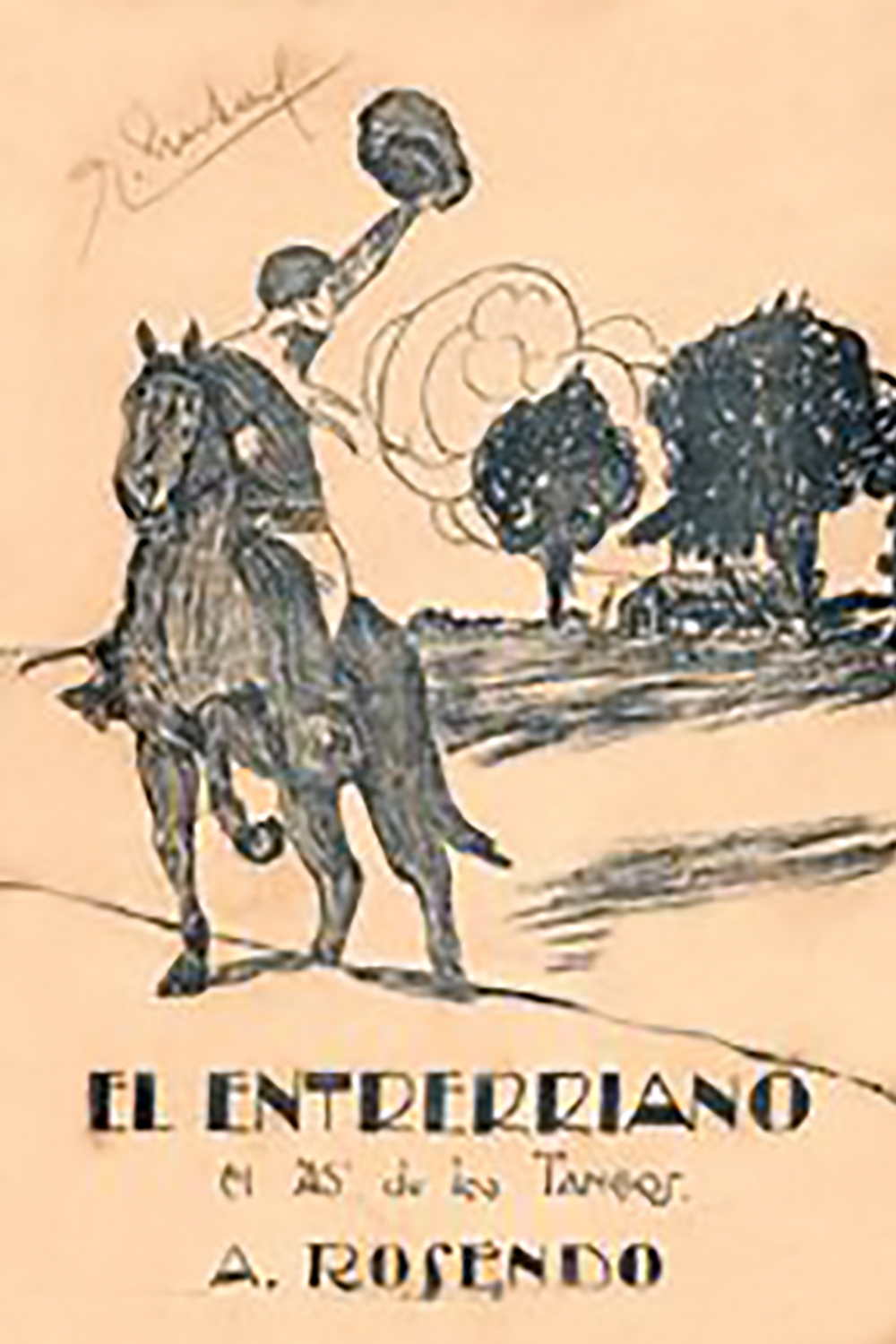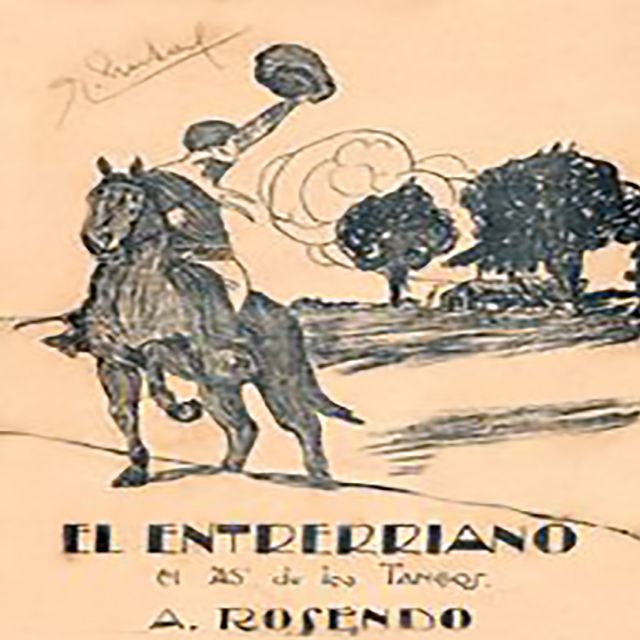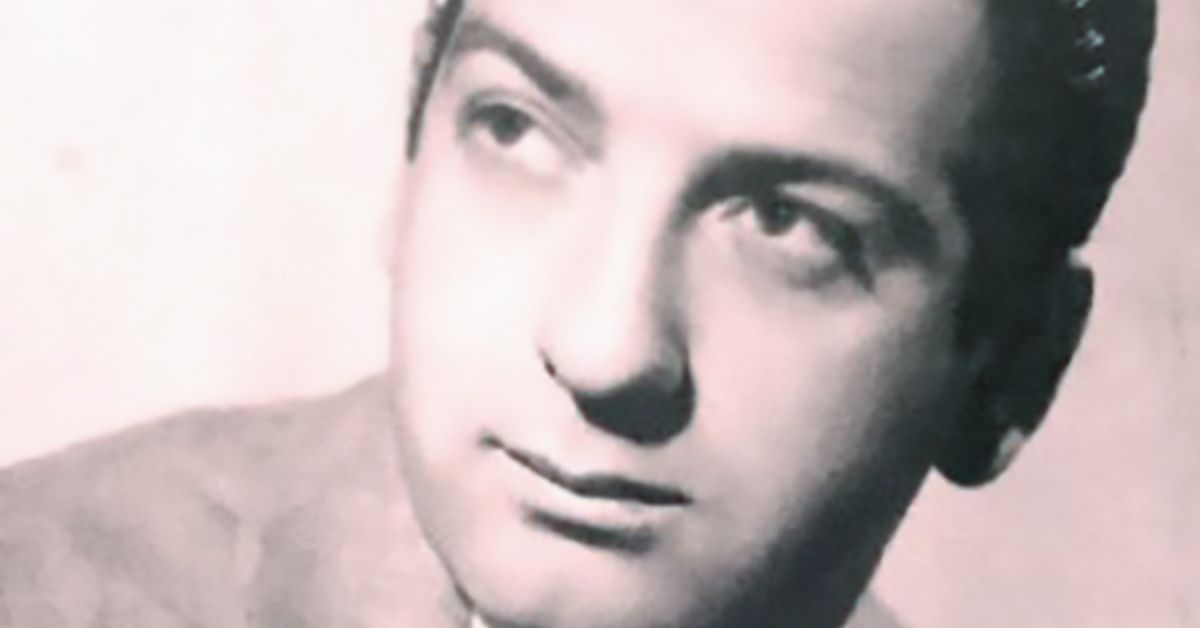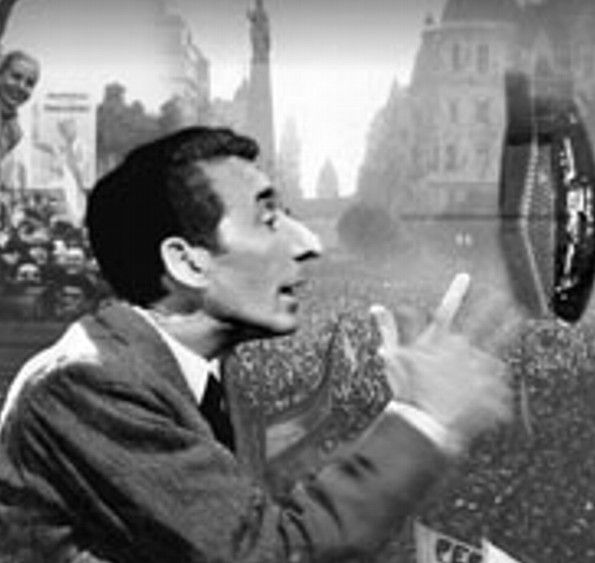“El Entrerriano” by Juan D’Arienzo y su Orquesta Típica, 1946.
“El Entrerriano” by Juan D’Arienzo y su Orquesta Típica, 1946.

The story of “El entrerriano” and its main recordings
With this number the three-section structure that prevailed in the old trend tango began to spread and, more than a hundred years later, “El entrerriano” is still one of the greatest classics of the genre.
The canyengue liveliness of the melody amazed the audience from the first bar.
The dancer José Guidobono, who was present, could not dance as he used to because the spell of those musical notes paralyzed him.
When the number was finished, he approached the composer and suggested,” Why don’t you dedicate it to Segovia?”
He was referring to Ricardo Segovia, a landowner from Entre Ríos, who was making whoopee in the Buenos Aires nights.
Mendizábal told him he would honor him by naming “El entrerriano” his new tango.
Listen and buy:
-
iTunes music
-
Spotify
-
Amazon music
We are happy to have a collaboration with the people from tangotunes.com from whom some of you may have heard, they do high-quality transfers from original tango shellacs.
It is the number 1 source for professional Tango DJs all over the world.
- Now they started a new project that addresses the dancers and the website is https://en.mytango.online
You will find two compilations at the beginning, one tango and one vals compilation in amazing quality.
The price is 50€ each (for 32 songs each compilation) and now the good news!
If you enter the promo code 8343 when you register at this site you will get a 20% discount!
Thanks for supporting this project, you will find other useful information on the site, a great initiative.
More Argentine Tango music selected for you:
We have lots more music and history








